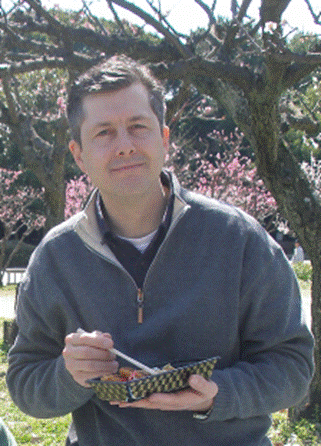Harmful levels of radioactive iodine have been detected in a batch of small fish caught off the coast of Japan’s Ibaraki Prefecture, adjacent to Fukushima Prefecture. The fish were sand lance landed in Kitaibaraki City on Tuesday.
As no threshold for radiation had been established for fish, the Japanese government used the limit for vegetables of 2,000 becquerels per kilogram in judging the fish as unsafe. The local fishing cooperative has voluntarily suspended fishing.
Ibaraki and Chiba Prefectures announced their intention to strengthen the inspection of seafood products for radioactive material. The fishing port of Choshi in Chiba Prefecture and the aquaculture facilities of Nakaminato in Hitachinaka City, Ibaraki Prefecture, were mentioned as specific test locations.
About 20,000 metric tons of low-level contaminated waste water is being released from holding ponds at each of two reactors owned by Tokyo Electric Power Co. (TEPCO) to make room for more highly contaminated water, as the company struggles to cool overheating fuel rods.
Plankton and small fishes that are low on the foodchain, like the sand lance, are expected to be affected first. As larger fish consume these smaller fish, the substances may become concentrated; however, unlike the case of mercury, the radiation will dissipate over time. Radioactive iodine has a half-life of eight days, and if the problems at the reactor can be solved it should not pose a long-term hazard to human health.
Seaweed and filter feeders like oysters, clams and scallops may also be expected to show contamination early, though no case has yet been discovered.
Japanese Agriculture, Forestry and Fisheries Minister Michihiko Kano said after a cabinet meeting that he was upset that no formal advance warning was given to his ministry of the impending release. He urged the Ministry of Economy, Trade and Industry to reprimand TEPCO. The company informed fisheries cooperatives just three hours before releasing the water, but gave no detailed information.
“Citizens have strong concerns about safety,” said Kano. “Through this marine research we want to clearly show the impacts on seafood. It is also important to consider a plan for seafood at the Food Safety Commission.”
As additional measures, survey and analysis of seawater flow patterns will likely be needed to anticipate where the radiation is likely to appear.
TEPCO plans to construct “silt fences” made of nylon in the ocean to impound water from ongoing releases.






